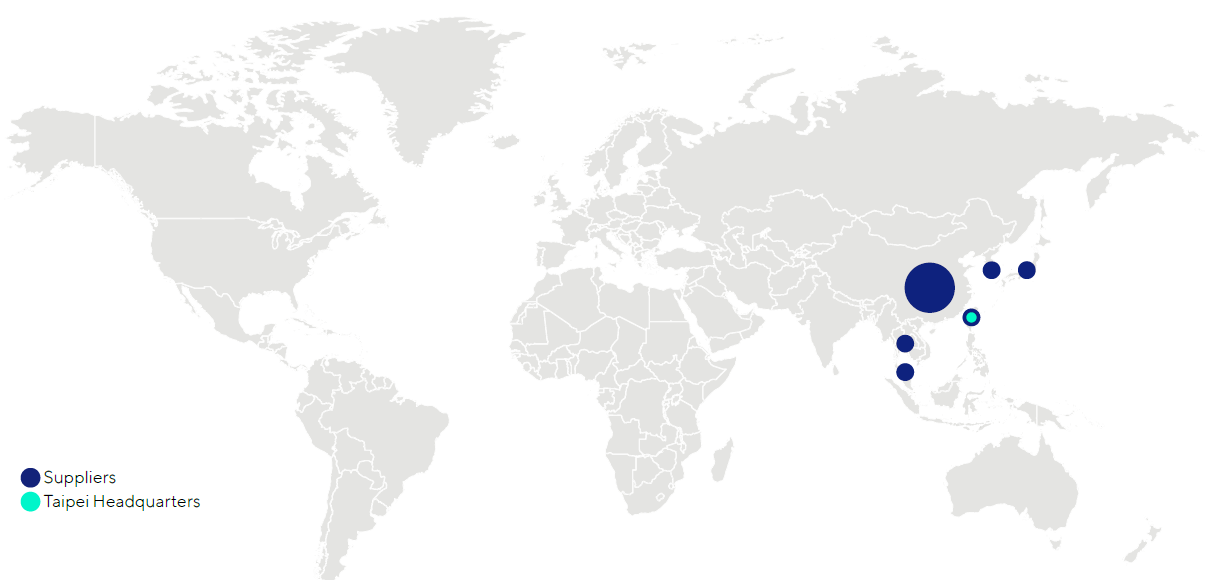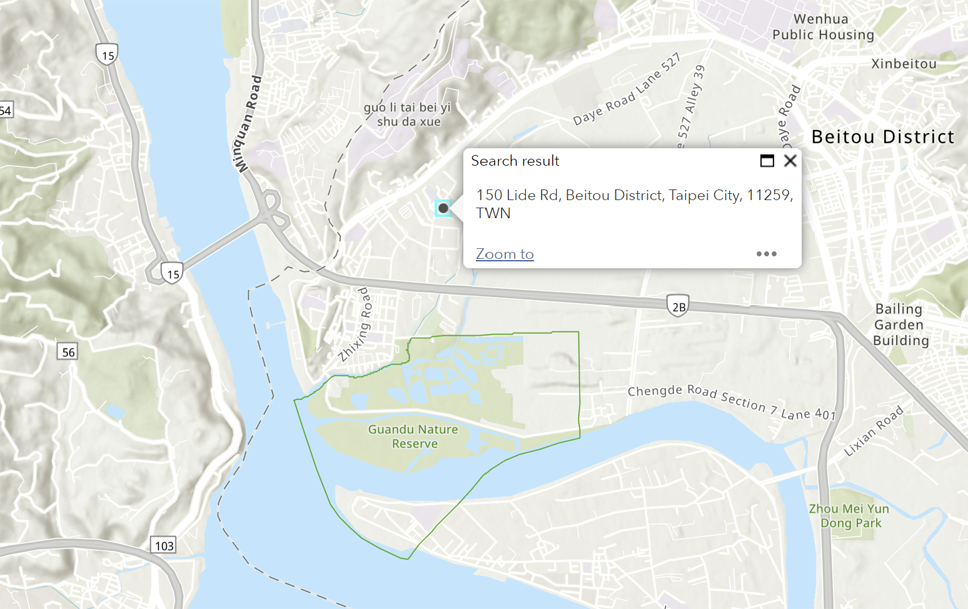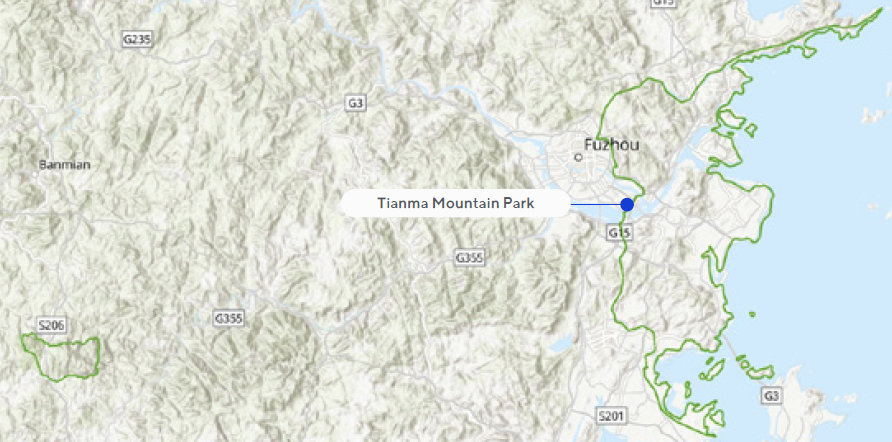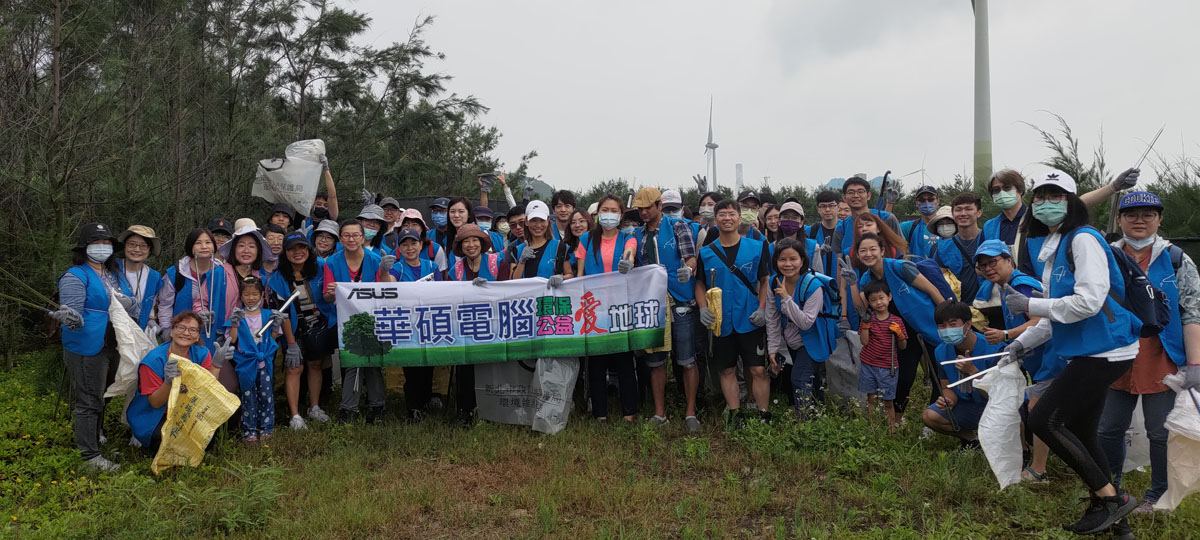Assessment of Natural Capital Depletion
Conflict minerals
The United States passed the “Dodd-Frank Wall Street Reform and Consumer Protection Act” in 2010. Section 1502 of the Act requires the U.S. Securities and Exchange Commission to enact legislation on “conflict minerals” to disclose whether the minerals used in the production process are sourced from the Democratic Republic of the Congo (DRC) and adjoining countries that use forced labor and inhumane treatment of labor. The Responsible Minerals Initiative (RMI) research discovered that the rebel groups in the aforementioned regions use forced labor, child labor, and other illegal means to mine tantalum, tin, tungsten, and gold, and sell them in exchange for weapons, thereby causing regional instability. These four types of minerals, acquired through illegal means, are known as conflict minerals within the international community. The analysis showed that ASUS collaborated with 463 smelters in 2023. The geographical distribution of these smelters is as follows: 62.5% in Asia, 15.8% in the Americas, 15.8% in Europe, 5.3% in Africa, and 0.7% in Australia. ASUS has initiated an investigation of the smelters in its supply chain in accordance with the Organization for Economic Cooperation and Development (OECD) due diligence procedures. By establishing management mechanisms, identifying and assessing risks, formulating risk improvement measures, conducting independent third-party audits, and disclosing management results, ASUS ensures the effective implementation of conflict minerals management. Since 2018, ASUS has sourced 100% of its tantalum, tin, tungsten, and gold minerals from certified smelters to prevent issues such as labor exploitation, forced labor, child labor, and environmental degradation caused by illegal operations. Cobalt is a critical material for battery production, and according to the study on the EU's Critical Raw Materials List, one third of the world's cobalt comes from the Democratic Republic of the Congo and neighboring countries, where there is a risk of illegal operations. In 2019, the RMI organization classified cobalt as a category 5th managed mineral. ASUS has developed a 5-year plan to transition qualified smelters, with suppliers required to increase the proportion of qualified smelters each year. The goal is to source 100% of cobalt from qualified smelters by 2025.
Packaging
According to a 2016 research report by the World Economic Forum and the Ellen MacArthur Foundation, the majority of packaging is used only once, and only 5% of the resulting plastic waste is effectively recycled. As a result, since 2018, countries around the world have been implementing policies to reduce plastic use and achieve the goal of plastic circularity. Since 2019, ASUS has replaced PE bags with PET non-woven fabric, and increased the use of recycled paper pulp in packaging materials to 90%, with approximately 82% of recycled paper suppliers located in mainland China and 18% from other regions. In 2023, ASUS used approximately 23,000 tonnes of recycled paper in its main products. Since 2020, ASUS has been using Forest Stewardship Council (FSC) certified paper to conserve resources and protect the environment. To date, they have used approximately 400 tonnes. Not only do they use over 90% recycled paper in their key products, but they are also gradually introducing more environmentally friendly paper materials.
Assessment of Environmental Degradation
Environmental Footprint Assessment

Operating Centers
- Taipei headquarters
- Luzhu factory
Supply Chain
- ASUS selected its operational bases for evaluation, including the Taipei headquarters and the Luzhu factory. The supply chain boundaries were defined based on procurement volume and product categories, covering 90% of revenue-generating key components and the supply chain. The majority of suppliers, 99%, were located in Asia (China, Taiwan, Malaysia, Thailand, Japan, South Korea), while the remaining 1% were located globally.
To effectively mitigate supply chain management risks, ASUS follows a three-step process: new supplier identification, ongoing risk management, and performance evaluation. The target includes assembly facility, part suppliers, and component suppliers. All suppliers are required to participate in the annual environmental footprint assessment to understand the negative environmental impacts of the ASUS supply chain, such as greenhouse gas emissions, water footprint, and solid waste. This is necessary to develop appropriate management measures.
Since 2018, ASUS has been conducting an environmental profit and loss analysis to evaluate the impact of its operating centers and supply chain on environmental indicators, including water pollution, greenhouse gas emissions, solid waste, and water resource usage. In the 2023 environmental profit and loss assessment, water pollution accounted for the highest percentage at 63.77%, followed by greenhouse gas emissions at 33.99%. Starting in 2019, the trend in environmental losses and gains improves slightly over the years, with an increase of 10.80% in 2023 compared to the previous year
| 2019 | 2020 | 2021 | 2022 | 2023 | |
|---|---|---|---|---|---|
| Water Pollution | 402.52 | 431.92 | 412.72 | 392.09 | 441.67 |
| Greenhouse Gases | 167.68 | 199.60 | 219.80 | 217.60 | 235.41 |
| Solid Waste | 6.27 | 9.11 | 12.00 | 12.69 | 12.63 |
| Water Resource Usage | 1.77 | 2.15 | 2.70 | 2.70 | 2.89 |
2023 Environmental Profit and Loss
After conducting an environmental cost-benefit analysis, ASUS has developed a management action plan based on the analysis of environmental performance indicators. This plan will be integrated into the annual performance review and management evaluation.
Assessment of the Impact of Operating Centers and Supply Chain on Biodiversity
Operating Centers
To address water pollution, which is a major environmental concern, ASUS will be used as a case study in the first year. This will allow a deeper examination of the impact of ASUS' operations and supply chain on biodiversity issues using the LEAP methodology. The operational sites and supply chain (excluding industrial park sites as a priority) were analyzed using the Integrated Biodiversity Assessment Tool (IBAT)1, Key Biodiversity Areas (KBA) and other website databases. Based on the Key biodiversity areas2 database, the operational sites are not located in internationally recognized biodiversity hotspots and therefore do not directly affect the key species in this area.



Supply Chain
Three suppliers in Mainland China were identified as having facilities located very close to biodiversity hotspots in the supply chain. ASUS uses one of its facilities as a case study for this assessment:
- After identification, it was determined that Company A is located adjacent to a significant biodiversity area in the Min River Basin in Mainland China (as shown on the map to the left). The nearby Tianma Mountain Ecological Park is the potential ecosystem that could be impacted. The estimated impact area covers a total of 26.49 hectares within the park.
- According to the local ecological statistics report, the Min River Estuary Wetland is expected to be home to a first-class national protected animal in China: the Oriental stork. The park’s vegetation is expected to consist of various species, including sapindus, Chinese wingnut, and Fujian cherry. The analysis focuses on the impact factor of water pollution, with additional monitoring of industrial activities in the ENCORE3 database to assess their potential impact on the local ecosystem. The environmental driving factors most likely to cause habitat changes and consequently affect nearby natural capital include habitats, soil minerals, local species, and water. These changes in natural capital have the potential to affect the local ecosystem, potentially reducing the quality of ecosystem services or causing changes in local water quality.
- After the on-site audit in 2023, the Company has provided annual inspection reports and the test results have been satisfactory. The discharged wastewater is treated directly through the government pipeline.
Metrics and Targets
Natural Capital Management at Operating Centers
- Water pollution and water stewardship: While our operations are not located in internationally recognized biodiversity hotspots, we will comply with government regulations for wastewater treatment. In addition, we have set a water conservation target to reduce water consumption by 1% per year.
- ASUS solid waste is divided into two categories: general industrial waste and hazardous industrial waste. The main sources of hazardous industrial waste are research and development materials and scrap. These materials are carefully identified, classified and managed before being sent to qualified recyclers for reuse. General industrial waste refers to waste other than the above, consisting primarily of employee household waste. Materials that can be recycled and reused are identified and separated, while the non-recyclable portion is incinerated or buried.
- Since 2017, ASUS has participated in the Environmental Protection Agency's “Coastal Cleanup and Adoption Program.” As part of this program, ASUS has adopted a 500-meter stretch of coastline in the Waziwei Nature Reserve in New Taipei City, demonstrating its commitment to environmental protection. The area is located next to the Mangrove Nature Reserve, which is home to valuable wetland ecology and serves as an important habitat for numerous migratory birds, aquatic plants, and animals.
Operating centers management performance
- The main source of wastewater in the office is general wastewater. ASUS has installed an oil trap and conducts regular inspections to ensure that water quality meets government discharge standards. The treated wastewater is then discharged into the designated wastewater treatment system in accordance with government regulations. In 2022, the operational headquarters, known as the ASUS LiGong Building, will receive ISO 46001 water resource efficiency management system certification.
- Since 2015, ASUS has implemented a Zero Waste to Landfill program at its corporate headquarters. This program follows the UL Zero Waste to Landfill (ULECVP 2799) standard, which tracks waste streams using measurable indicators. It ensures that waste is effectively recycled, reused and transformed through appropriate processes rather than simply buried.
- Environmental conservation: Three beach cleaning activities were conducted, resulting in the removal of approximately 286 kg of marine debris. A total of 235 volunteers participated in these activities.

Natural Capital Management in the Supply Chain
Supply chain management objectives
ISO 14001
Environmental Management System Certification
SA8000
Corporate Social Responsibility Certification
Tantalum, Tin, Tungsten, Gold and Cobalt
are 100% sourced from qualified smelters
ISO 45001
Occupational Health and Safety Management System Certification
RBA VAP
Third-Party Audit
ASUS supply chain management practices
- Biodiversity issues are integrated into the supply chain code of conduct. ASUS suppliers are required to consider the local environmental impact of their operations and establish a biodiversity policy.
- Supply chain transparency: Suppliers must provide detailed manufacturing processes, manufacturing operations management reports, and raw material sourcing information.
- Assessment and review: Conduct regular environmental audits of suppliers to ensure compliance with the ASUS biodiversity policy.
- Priority selection criteria: It is important to prioritize the selection of packaging suppliers that have obtained environmental certifications such as FSC and PEFC.
- To obtain ISO 46001 water resource efficiency management system or establish water recycling goals
- Quarterly provide ASUS water conservation performance data, and annually provide compliance wastewater testing reports
- The annual on-site audit focusing on suppliers
ASUS supply chain management performance
Waste and pollution management
- Wastewater discharge GB8978-1996: “Integrated Wastewater Discharge Standards”
- The factory and operational sites employ water-saving devices and enforce water conservation policies
- The supplier has developed an “Energy and Resource Management Policy” that strictly regulates energy and resource requirements. This procedure ensures the effective allocation of energy, water and other raw materials to the various stages of production and operation.
Environmental conservation
- Participating in community environmental activities (employee volunteers - trash collection in mountainous areas)
1 The database was developed by the International Union for Conservation of Nature (IUCN), UNEP-WCMC, the World Wildlife Fund (WWF) and Conservation International.
2 Managed by the KBA Partnership on behalf of BirdLife International, other partners include the Garfield Weston Foundation, the Bezos Earth Fund, the Max Family Charitable Trust and the Royal Society for the Protection of Birds.
3 ENCORE (Exploring Natural Capital Opportunities, Risks and Exposure) was developed primarily through a collaboration between Global Canopy, UNEP FI and the UN Environment Programme World Conservation Monitoring Centre (UNEP-WCMC).

